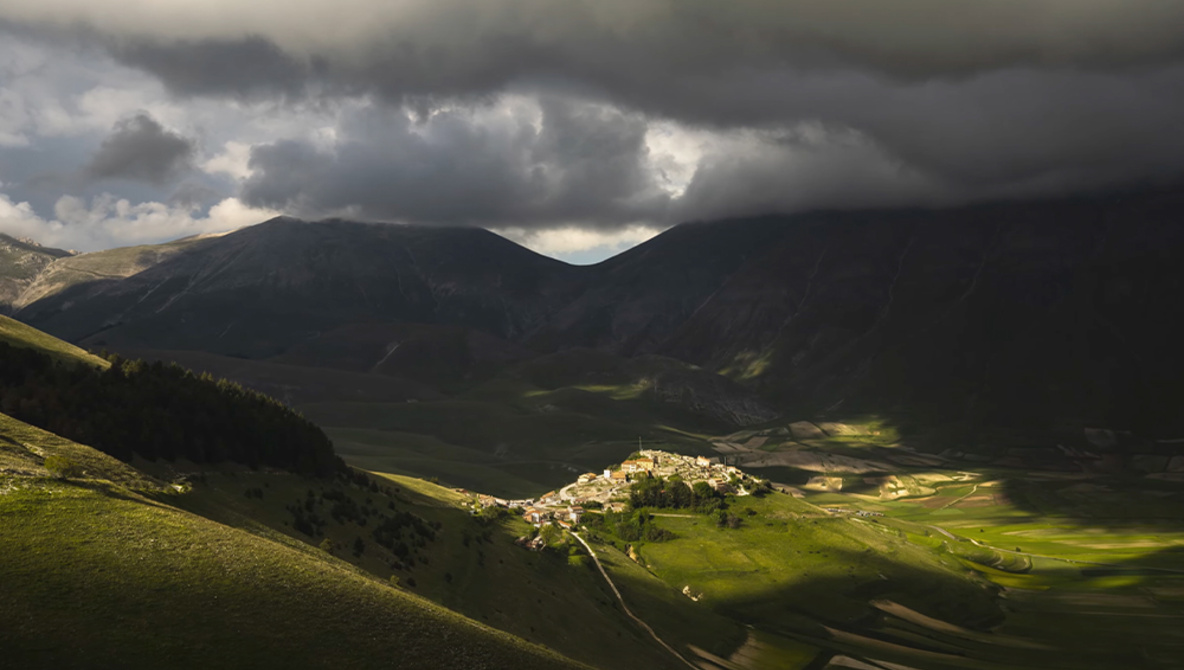Which Countries Banned Concorde From Supersonic Flight?
One of the most iconic commercial airliners, Concorde gave passengers a taste of supersonic flight for nearly three decades. Its speed was a blessing for many – super busy (and wealthy) business travellers who enjoyed a particularly short hop over the Atlantic, and for transporting important cargo such as supplies and organs for transplant during medical emergencies. However, the same speed also caused many roadblocks, including the aircraft being banned from a few countries. Let’s find out more.
During its operational history, Concorde was banned in a few countries due to noise issues. Photo: Getty ImagesChallenges from the start
Even before Concorde took to the skies commercially, there were voices of dissent against its environmental consequences. In 1966, British environmental activist Richard Wiggs founded the Anti-Concorde Project that challenged the idea of any kind of supersonic transport aircraft.
The booms of the sonic tests leading up to the first test flight of Concorde would often startle people and cause windows to crack. To highlight the long-term effects of a supersonic jetliner, Wiggs used mass-media advertising campaigns, including full-page advertisements in the national press. He made claims of Concorde affecting the ozone layer and drew attention to its noise levels.
Environmental activist Richard Wiggs founded the Anti-Concorde Project, challenging any kind of supersonic commercial transportation. Photo: Getty ImagesBy the time Concorde was launched, many countries were convinced that the plane was not a good choice to fly over land and was suitable for supersonic flights only over water. This didn’t leave much choice for potential Concorde customers in terms of network expansion using the jet.
Over the course of its operational history, Concorde was banned by a few countries due to its sonic boom’s noise.
Initial ban in the US
Some of the first defining flights of Concorde were its transatlantic services from London and Paris to New York and Washington. However, the aircraft faced opposition for quite a while from authorities at Big Apple before it could fly into the city.
On March 11th, 1976, the Port Authority of New York and New Jersey banned Concorde from landing at JFK Airport over noise issues. Protests had actually started a year before the official ban when around 2,000 cars stopped traffic near the airport.
Concorde was denied entry to New York for 17 months by authorities over noise pollution. Photo: Getty ImagesBoth British Airways and Air France found the ban baseless and filed a lawsuit in 1977. In August 1977, a District Court Judge in New York found the ban “discriminatory and unfair” and allowed Concorde test landings in the following 10 days.
In October 1977, the Supreme Court finally lifted the ban stating that the Port Authority was “dragging its feet” with the ban not based on any clear noise requirements.
Opposition in Malaysia and India
Before the US ban was lifted and slots were denied at JFK, both Air France and British Airways began looking at other destinations to use their new Concordes. BA wanted to deploy the supersonic jet to Sydney and was looking for a stopover city for refueling purposes. Singapore seemed a suitable choice.
The airline was already running a thrice-weekly service to Bahrain and extended the service to Singapore as the next stage. However, the flight to Singapore met with huge opposition in Malaysia over the plane’s supersonic boom. The service had to be stopped after just three flights.
BA and Singapore’s joint venture of Concorde flights between the two nations also faced hurdles from Malaysia and India. Photo: Getty ImagesCrossing India to reach Singapore was also a suitable option for BA, but it had also refused to allow the plane to fly at supersonic speed over its airspace. Many believe, however, that the real reason for both Malaysia and India to deny Concorde entry was political, as both countries were trying to obtain important slots at London Heathrow at the time.
BA eventually figured out another route to Singapore, but it consumed so much fuel that the service ended for good on November 1st, 1980, citing unprofitable operations.
The aircraft, however, went on to fly for more than two decades after that before ceasing operations in 2003 with a final flight between London (LHR) and New York (JFK).
—————
Boost Internet Speed–
Free Business Hosting–
Free Email Account–
Dropcatch–
Free Secure Email–
Secure Email–
Cheap VOIP Calls–
Free Hosting–
Boost Inflight Wifi–
Premium Domains–
Free Domains







